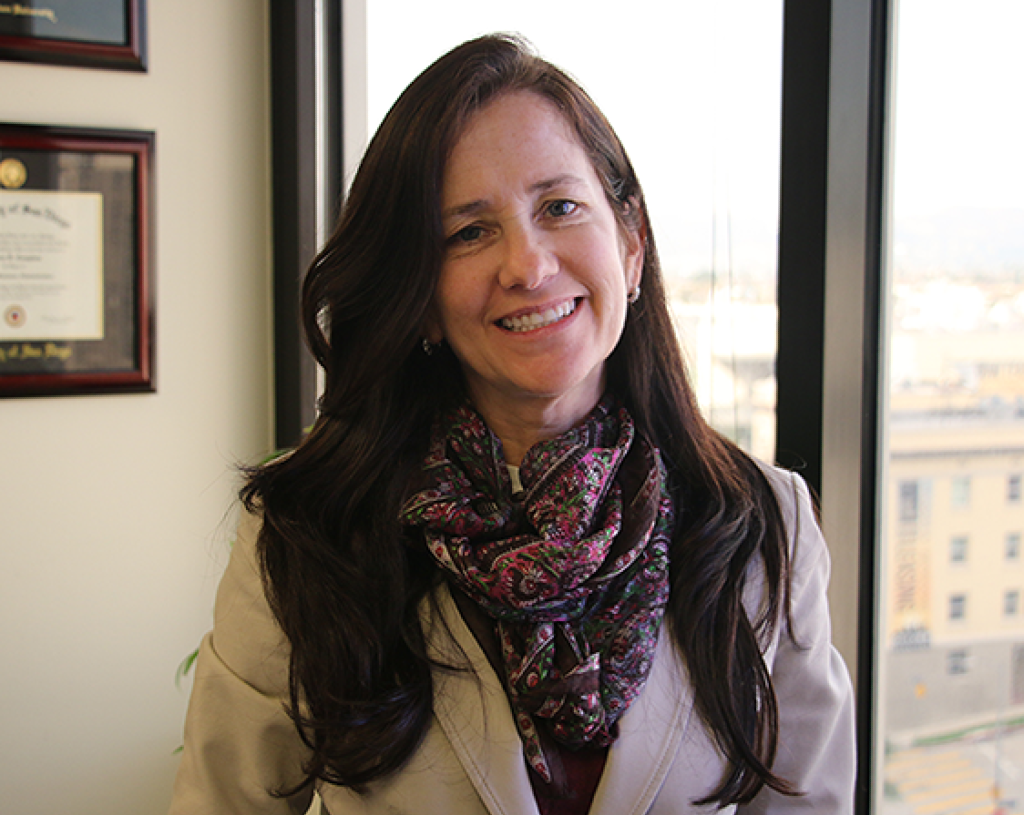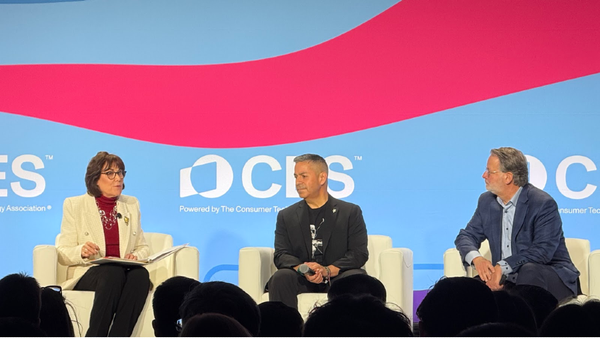School Leaders Press FCC for Expanded E-Rate Support Beyond Hotspots
'Embedded cellular devices are less expensive than separate hotspot devices.'
Jericho Casper

WASHINGTON, Oct. 7, 2024 – Public school leaders continued to press the Federal Communications Commission to expand its plan for connecting students to the internet off-campus.
A coalition of school districts, including Los Angeles Unified School District and Dallas Independent School District, Wednesday pushed the FCC to consider alternatives, including LTE-enabled devices, which they argue could provide more efficient and cost-effective connectivity for students.
During an Oct. 2 meeting with FCC officials, IT specialists from DISD and LAUSD outlined the significant challenges their districts faced in managing hotspots.
“Embedded cellular devices are less expensive than separate hotspot devices, reduce the pieces of equipment subject to loss and damage, and remove operational complexity,” DISD said in its filing. “The Commission should avoid complexity, reduce administrative burden, and increase flexibility.”
LAUSD echoed similar concerns in its presentation to the FCC on Wednesday, highlighting that managing hotspots can be labor-intensive and costly. “It takes expensive touch labor to manage hotspots,” LAUSD’s tech specialists explained, referring to the time and effort required to distribute, support, and track hotspots throughout the school year.
In July, the FCC expanded E-Rate support to include off-premises use of Wi-Fi hotspots for school and library patrons. However, the ruling limited funding to hotspot devices bundled with commercial wireless service. In September, the FCC received two reconsideration petitions on the matter, urging the agency to revisit limitations on how E-Rate funding can be used.
Jonathan Hurley, assistant superintendent of technology at DISD, explained the operational challenges schools in Dallas faced, from managing hotspot distribution and inventory to providing technical support and recovering devices.
He highlighted how embedded wireless connectivity in devices like LTE-enabled Chromebooks could cut costs, simplify operations, and improve connectivity for students. These devices, Hurley argued, reduced the need for separate hardware and accessories and can be managed remotely, allowing for easier troubleshooting.
Los Angeles’ educators raised more urgent concerns, including a hotspot catching fire and numerous instances of battery swelling, prompting a recall of over 50,000 devices. Daphne Congdon Castillo, director of IT at LAUSD, also noted the high loss rate of hotspots as students become responsible for two devices instead of one.

LAUSD added that managing hotspots presented several technical issues, such as frequent failures in automatic software updates and the need to physically replace SIM cards when disconnected for too long.
Troubleshooting was also complicated, as accessing a physical SIM card in a hotspot often requires taking the device apart. Additionally, students resetting hotspots to factory settings disrupt the district’s filtering systems, making the devices inoperable.
“Simply put, each user should have a standard device with cellular (4G or 5G) embedded to support their educational needs both on and off campus,” DISD said in a filing.










Member discussion